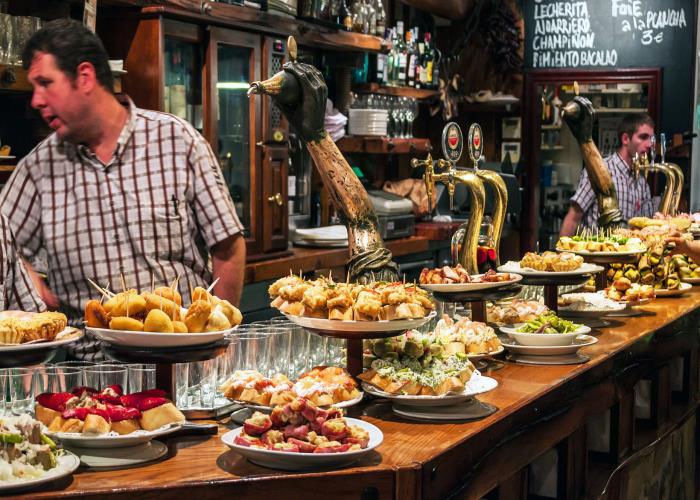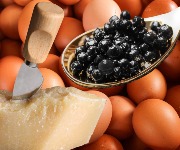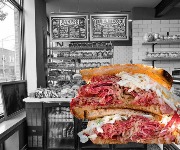Avoid this super-trendy restaurant con

Super-trendy restaurants love offering us tapas. But when is tapas not tapas - when is it just, well, a small amount of food on a small plate, with a big price tag?
Do you know how to read a menu?
My best friend hates being told how to use a menu. Loathes it. “I’ve been eating for over 30 years,” she complains regularly. “I know how to read a bloody menu!”
Quite. The reason that serving staff are so keen to explain how to order these days, is that it’s in vogue to do away with the stuffy starter-main-dessert thing.
Instead, super-trendy restaurants will offer a selection of “tapas”, which you’ll usually need three to six of (depending on all sorts of things) per diner.
Do tapas have to be Spanish?
The problem here is that tapas are Spanish. So why are all sorts of restaurants claiming to serve tapas, when they don’t know a croqueta from a padron pepper? Is tapas really tapas by any other name?
Spanish tapas joints have been the hit restaurant story of the past five years. In London, classic joints such as Meson Don Felipe and El Pirata were joined by Brindisa, which took things up a notch, then Barrafina, Fino, The Opera Tavern and the upcoming Jose.
It’s good to share
At some point, other restaurateurs cottoned onto the idea that we enjoyed being able to choose a wider selection of dishes from the menu, and to share them. Even better for the restaurants, ordering in this way usually leads to a bigger spend.
Salt Yard and Dehesa, sister restaurants offering both Spanish and Italian “tapas”, have been popular for a while. Their success suggests that not only do we love a bit of tapas, we’re wanton enough to mix our cuisines with it.
Now you can find a plate of tapas almost anywhere, from “modern British tapas” in posh pubs, which means Scotch eggs, bits of things on toast and pickled this and that (just what Marcus Wareing is offering at his new place in St Pancras), to upmarket French tapas at smart terrine and charcuterie joints like Terroirs.
Small plate scandal
But shouldn’t we just be calling this style of eating “small plates”, because that’s what they are?
Does it matter?
Bar snack bonanza
Really tapas are just bar snacks designed to encourage punters to spend more on booze. Most countries have had their own form of this in one way or another, but for some reason Spain made the best and the fanciest snacks, labelled and branded them for exporting, and now we have whole restaurants devoted to the humble bar snack.
The word “tapas” is universal
It doesn’t matter when and where it is called “tapas”, or otherwise. What matters is the food. We Brits already understand the word as shorthand for “small plates”, and the idea of going out for tapas is far more romantic. Who would rush out on the promise of a “small bit of food?” If foie gras appeared on menus as “fatty goose liver paste” it would have far fewer fans.
Venetian tapas
But now there’s an Italian rival in town for our tapas-sated stomachs. Cicchetti – Venetian tapas – have assured the fortunes of Bocca di Lupo, Polpo, Polpetto and Tinello, where queues form for the tasty crostini (at all of them) and deep fried artichoke (Bocca).
And if you can’t face the wait, cicchetti have just gone mainstream with M&S’s new summer range, featuring Tomato & Mozzarella Risotto Bites (arancini to you pros), Crispy Fried Cheese Ravioli and Ricotta and Puglian Tomato Bruschette.
Dig in, enjoy, and forget about the name. Besides, cicchetti (chi-keh-tee, by the way) is somewhat more of a mouthful than tapas!
Also worth your attention:
St Pancras opens its doors to diners
Is it worth paying for restaurant food at the Taste festival?
Check out the coolest ice cream shops
Most Recent
Comments
Be the first to comment
Do you want to comment on this article? You need to be signed in for this feature








